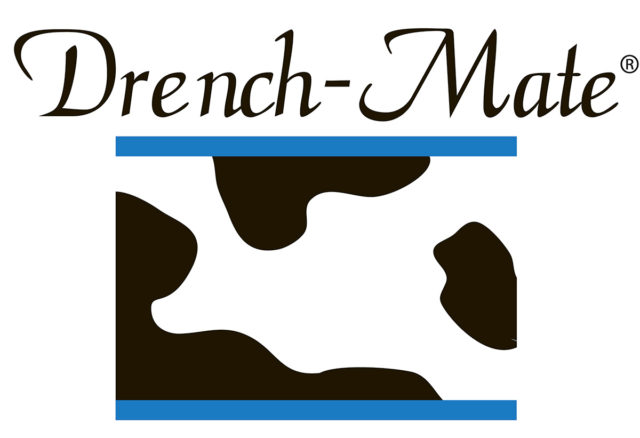The prolonged heat that has settled over the Midwest is taking its toll on new dairy calves that are dying from heat stress, according to the Wisconsin Veterinary Diagnostic Laboratory (WVDL). More than two dozen herds have reportedly suffered heat stress deaths throughout the Midwest, half of which are located in Wisconsin. All cases involve dairy calves 2-7 days of age that have been housed in outdoor calf hutches with no shade.
“We suspect that these calves have succumbed to the heat because young calves fewer than 10 days old tend to drink very little water,” says Donald Sockett, an epidemiologist/microbiologist with the WVDL.Many of the dead calves were also housed in calf hutches that were not properly configured for summer ventilation, he added.
Officials at the WVDL indicate that calves are dying in one of two ways. They are either weakened by heat stress and die from a bacterial infection or they become dehydrated and die from heat stroke.
“Dairy operators who are expecting calves or who have very new calves are advised to follow some of the same procedures used in high heat areas of the country, like Arizona, where it is common practice to hose down 1-7 day-old calves with cool water in the late afternoon,” Sockett says.
Likewise, he advises dairy operators to configure calf hutches to take advantage of prevailing winds by orienting them in an east-west direction, with the front facing east and preferably in the shade.
Hutches should not be placed in gullies or next to buildings that restrict access to prevailing winds and ventilation vents in the hutch should be open at all times. Ideally, the rear of the hutch should be elevated 16 inches but a minimum of 12 inches is acceptable.
Finally, Sockett advises that the hutches be bedded with sand or wood shavings and be separated by at least four feet.
“In hutches that are not set up for summer, veterinarians are finding that the ambient temperature inside is often 5 to 10 degrees higher than the outside temperature, which elevates the calf’s core body temperature to between 103 and 105 degrees,” Sockett says.
Core body temperature consistent with heat stroke is 108 to 110 degrees.
Finally, water or electrolytes should be available to the calves at all times and calf managers should monitor the temperature inside the occupied hutches.
If the hutch ambient temperature is the same or warmer than the outside temperature, there may be something wrong with the heat abatement procedures and steps must be immediately taken to correct the problem. PD
—From Wisconsin Department of Agriculture, Trade and Consumer Protection news release





